1. Shag Carpeting in Every Room

There was a time when stepping onto a soft, fluffy shag carpet felt like a little luxury. In the ’70s, parents were obsessed with it—not just in the living room, but also the bedroom, the hallway, and even the bathroom. The longer and more colorful the shag, the more modern it felt. You’d see oranges, greens, and deep browns everywhere, sometimes all in one room. It wasn’t just a floor covering—it was a statement. And vacuuming it? A total workout, since every crumb seemed to disappear into the endless fibers. But for some reason, no one cared. That funky texture meant you were ahead of the style curve says Country Living.
It gave the house a cozy, almost lounge-like feel that screamed “cool.” Kids would lie on it to watch Saturday morning cartoons while parents showed it off during bridge night. It might not have been the most practical option—especially when pets were involved—but it sure did scream “modern” back then. And if you were really fancy, you had it in avocado green to match the kitchen appliances adds Martha Stewart.
2. Wood Paneling on the Walls

Wood paneling was like the ultimate shortcut to instant sophistication—or so everyone thought. If your dad spent a weekend nailing dark wood panels to the den wall, you knew he meant business. It turned any room into a “study,” even if it still had toys scattered on the floor. That polished walnut or faux wood finish gave off a vibe that said, “We read important books here.” And if it looked a little gloomy? That just meant you needed more lamps says Southern Living.
This trend made a lot of rooms feel like a cozy hideaway. It was common to see paneling paired with leather recliners or bean bags and a stone fireplace to complete the look. Even basements weren’t safe—parents would proudly turn them into rec rooms with nothing but wood and effort. Of course, by the ’90s, many of us were peeling it off or painting it white. But in the ’70s, this was what “grown-up” decorating looked like shares ELLE.
3. Conversation Pits
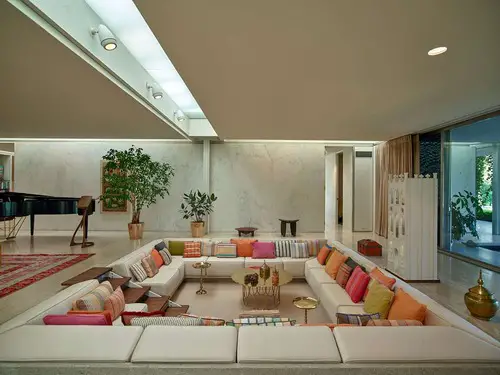
If your parents were really ahead of the curve, they had a sunken living room—or what they called a conversation pit. It was exactly what it sounds like: a section of the living room that dropped down a step or two with built-in seating, usually in bold colors. This wasn’t just furniture—it was architecture. The whole idea was to encourage cozy chats and late-night parties with fondue pots and wine glasses.
It felt futuristic and stylish, even if you tripped over the edge more times than you’d like to admit. These pits were often lined with shag carpeting and surrounded by earthy tones, creating a vibe that was both laid-back and dramatic. Kids loved to tumble into them, while adults saw them as the height of modern cool. Even though they were hard to vacuum and impossible to rearrange, no one cared. If you had a conversation pit, you were officially hip.
4. Earth Tone Everything

Think back to the living rooms of your childhood and you might recall a sea of browns, burnt oranges, harvest golds, and avocado greens. These earth tones were everywhere—in the upholstery, the wallpaper, the rugs, and even the artwork. The idea was to bring the outdoors inside, creating a warm, grounded space. And somehow, those colors made everything feel just a little groovier.
Your mom might have picked out curtains in rust orange, while your dad painted the kitchen a deep mustard yellow. It all blended together into a very ’70s harmony. Even appliances followed suit, with fridges and stoves proudly sporting shades of green or gold. It might seem a little murky by today’s standards, but back then, these colors made a house look cutting-edge.
5. Macramé Everywhere

If there was an open wall or a free ceiling hook, you better believe someone was tying knots and hanging up macramé. It started with plant hangers but quickly expanded to wall art, curtains, and even room dividers. Your parents might’ve learned how to make them from a craft book or a neighborhood class. Once one piece went up, it felt like the whole house needed to match.
Macramé brought that handmade, bohemian touch that was super trendy at the time. It made homes feel artsy without being too serious. Plus, it worked well with all the other natural textures people loved in the ’70s. If you saw a big owl made of jute hanging in the hallway, you knew you were in a stylish home. Bonus points if it had wooden beads for eyes.
6. Hanging Chairs and Swings
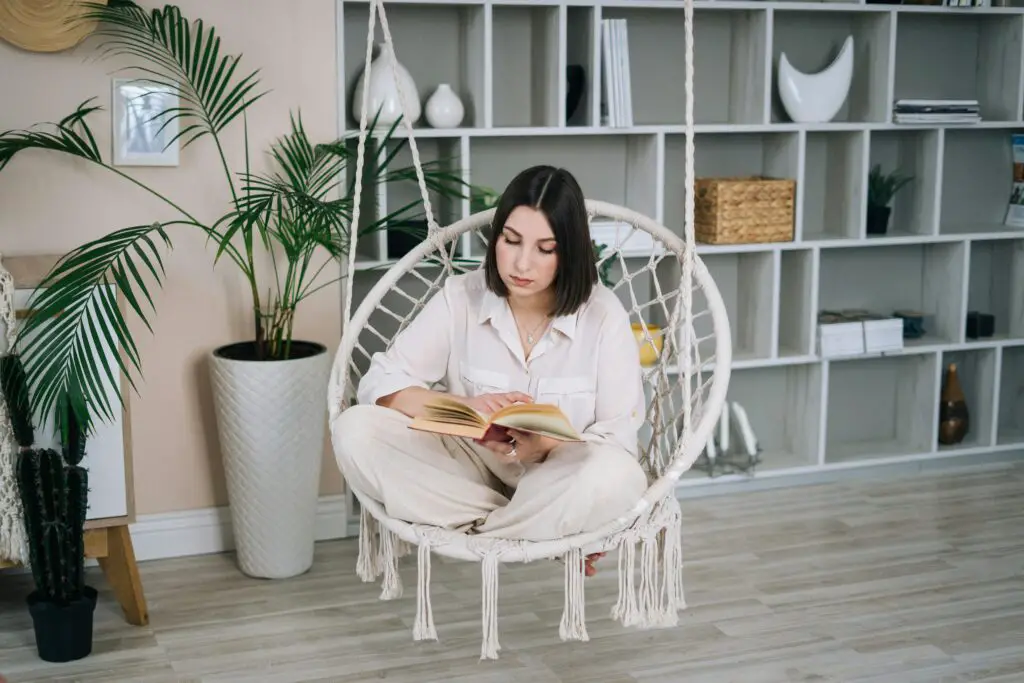
Who needed a couch when you could swing in your living room? Hanging chairs—often made of wicker or acrylic—were the ultimate status symbol. They usually dangled from the ceiling on a thick chain, and once installed, they didn’t move. Parents loved how futuristic and funky they looked, even if they weren’t all that comfortable.
These chairs turned living rooms into lounges and made family rooms feel like the set of a sci-fi movie. If your parents had one, you probably spent more time spinning in it than actually sitting still. It was the kind of thing guests always wanted to try. While some were pod-shaped and clear, others were just giant macramé slings. Either way, they were very of-the-moment.
7. Bold Wallpaper Prints
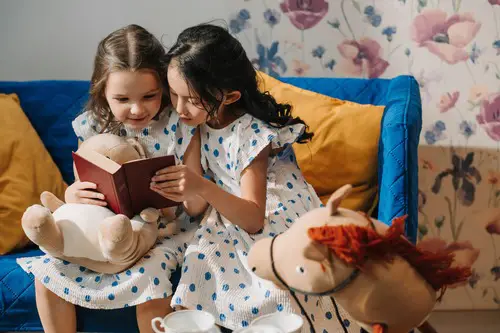
Floral, geometric, paisley—you name it, it was on the walls. In the ’70s, wallpaper wasn’t meant to blend in. It was supposed to pop. Parents went wild with daring patterns and busy prints that would make your head spin today.
One wall might be covered in giant orange daisies, while the next had brown and gold diamonds. It was common to see entire rooms wrapped in these prints, from ceiling to floor. And peeling it off? Let’s not even talk about that nightmare. But back then, a bold wallpaper showed that you were fashion-forward. The louder, the better.
8. Mirrored Walls
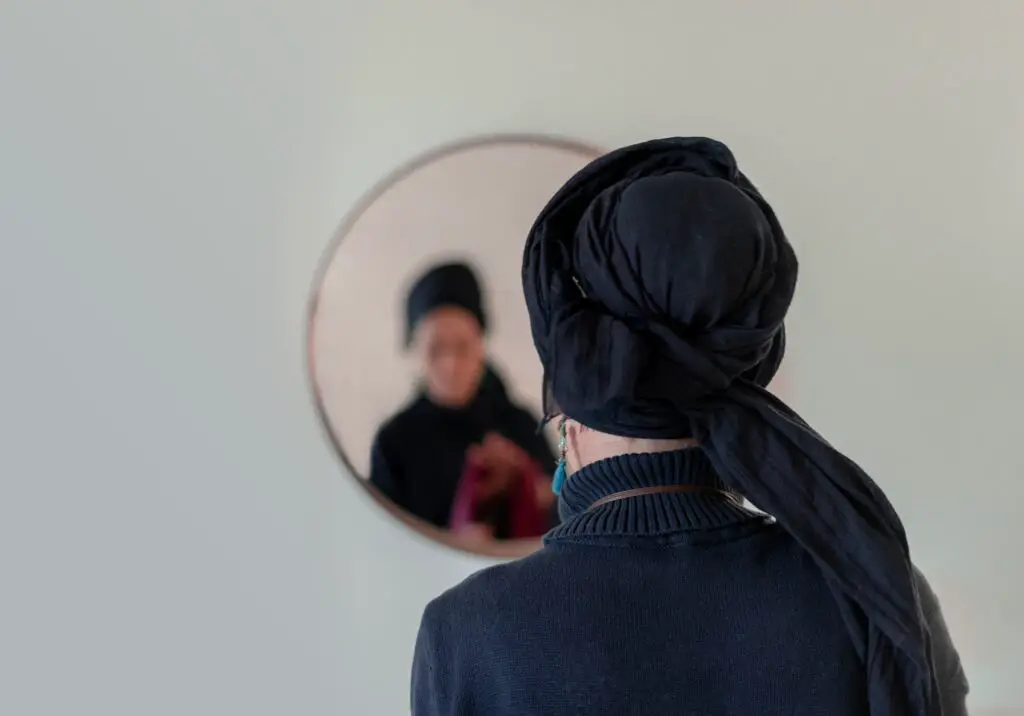
For anyone trying to make a small room look bigger, mirrored walls were the answer. One large wall of reflective glass gave a space that “open concept” feeling before open concept was a thing. Parents loved them in dining rooms, entryways, and basements—especially if the mirrors had a smoky tint.
They were often paired with gold or bronze trim, adding that extra bit of flash. Sure, you saw yourself a lot more than you wanted to, but it also felt glamorous. Plus, it reflected all the bold colors and shag carpeting like a living kaleidoscope. For a moment, it made everyone feel a little more fabulous.
9. Lucite Furniture
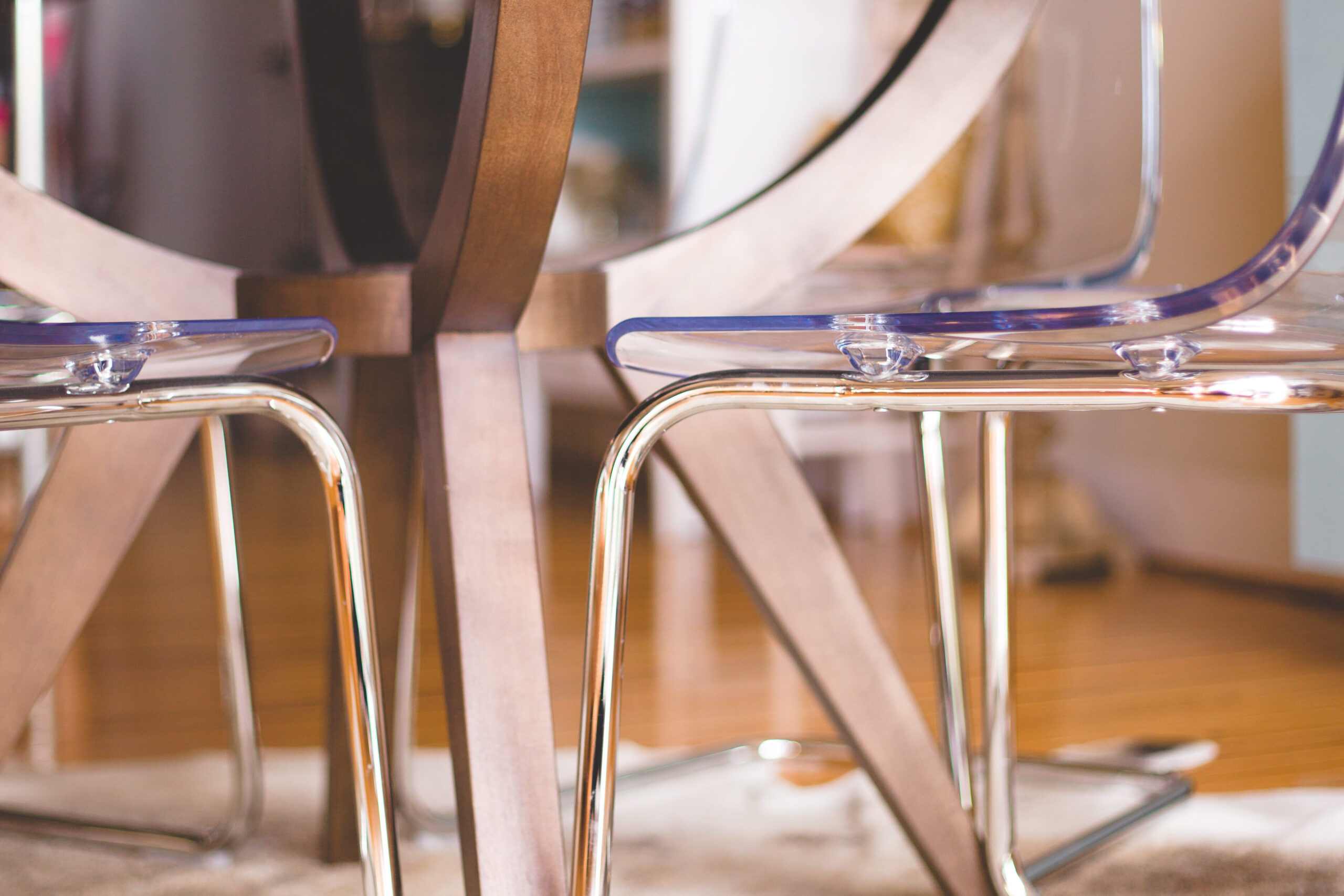
Clear plastic furniture—especially lucite—was incredibly chic in the ’70s. Your mom might’ve swapped out heavy wooden chairs for see-through dining seats, or added a lucite coffee table in the living room. It was modern, minimal, and slightly space-age.
It made rooms feel more open and airy, which was a nice contrast to all the busy wallpaper and heavy textures. The pieces were often curved or sleek, and sometimes mixed with chrome or leather for that extra pop. It wasn’t the most practical—fingerprints showed up instantly—but it looked like something out of The Jetsons. That was half the appeal.
10. Statement Light Fixtures
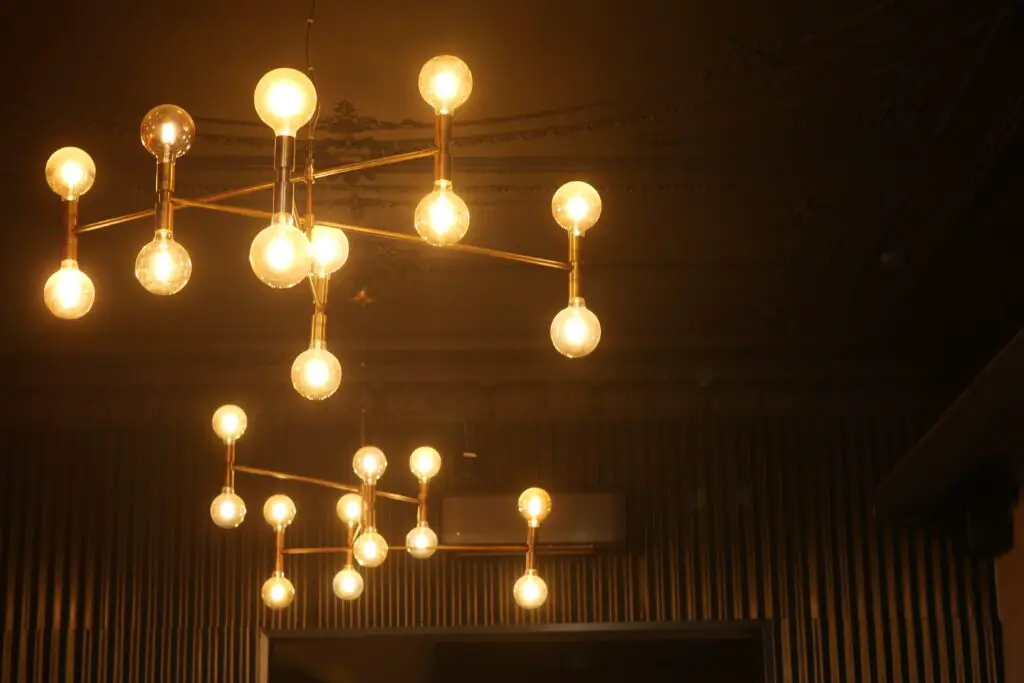
Lighting was no longer just functional—it had to be funky. Think of hanging globe lamps, oversized drum shades, or chandeliers made of colored glass. In the ’70s, your parents wanted every light to look like a conversation piece.
You might’ve had a swag lamp hanging over the kitchen table or a lava lamp on the end table in the den. And those Tiffany-style stained glass pendants? Total showstoppers. Even floor lamps got dramatic, with multiple arms and bulb covers in wild hues. It was all about mood and style, baby.
11. Indoor Plants Galore
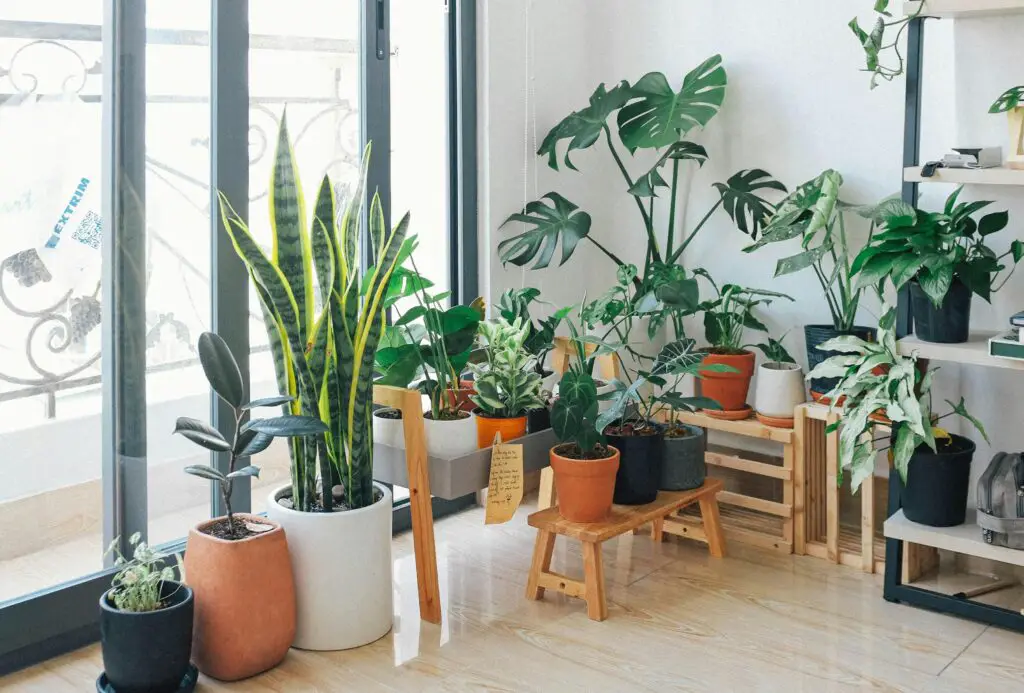
No home felt modern without a mini indoor jungle. Spider plants, ferns, and rubber trees took over living rooms, bathrooms, and kitchens. They were often arranged in plant stands or hanging macramé baskets, climbing toward the ceiling.
Parents believed that greenery brought balance and peace—plus it looked amazing with all those earth tones. If you were lucky, your mom had a fiddle leaf fig before it was cool. Some families even had entire window shelves devoted to their leafy collection. It made the home feel alive and fresh, even if someone forgot to water them.
12. Built-In Bars
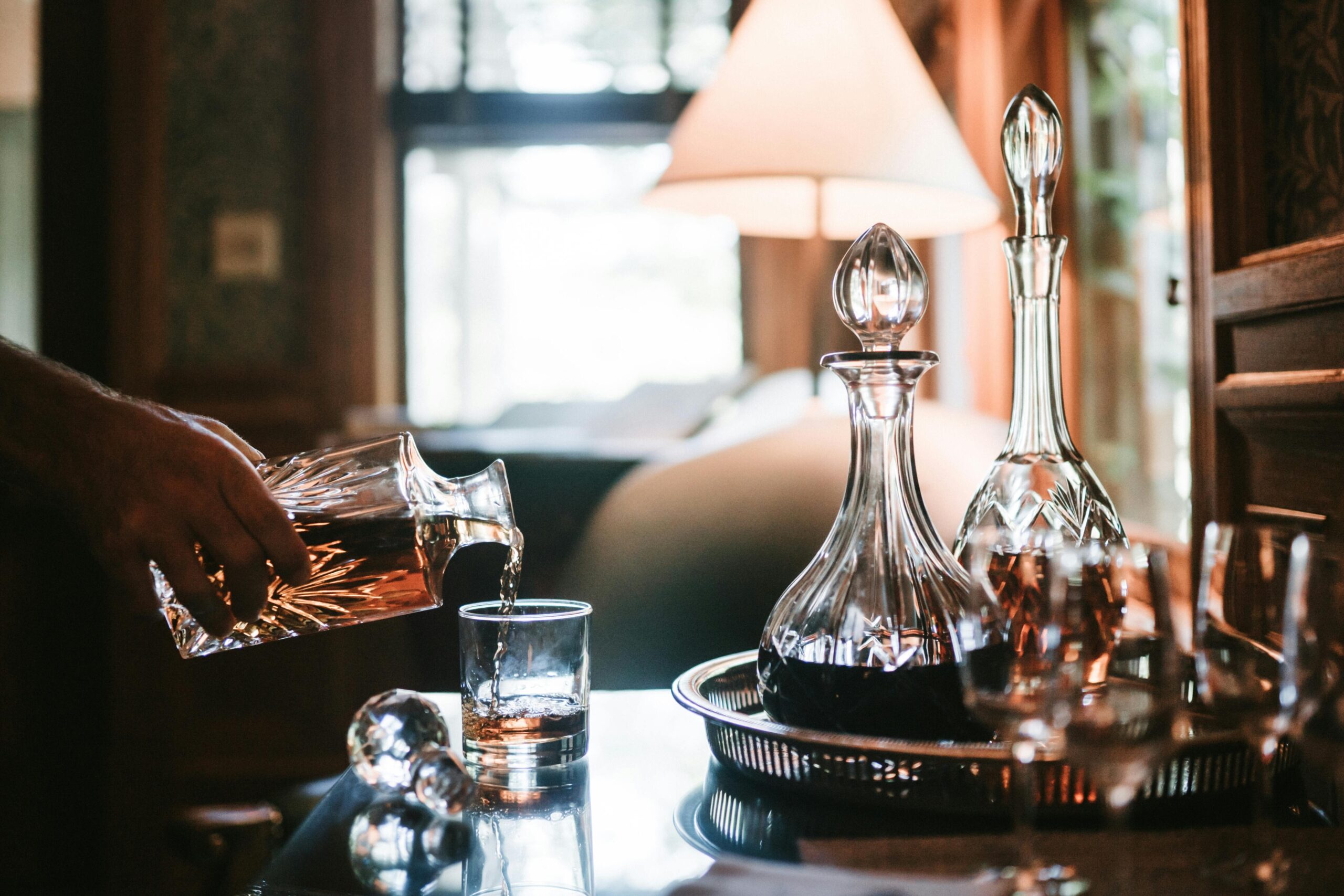
Cocktail culture was big in the ’70s, and nothing said “modern adult home” like a built-in bar. Whether it was a full wet bar or just a cabinet with mirrored shelves and crystal decanters, it became a staple in many homes. Parents wanted a spot to serve drinks in style, complete with swizzle sticks and ice buckets.
These bars were often tucked into the den or right in the living room, framed with dark wood and maybe a little chrome trim. It wasn’t just about the booze—it was about the vibe. Pouring a Scotch or mixing a Harvey Wallbanger for guests felt very grown-up. Even if no one drank often, having a bar made you feel ready for any party.
13. Sunburst Clocks
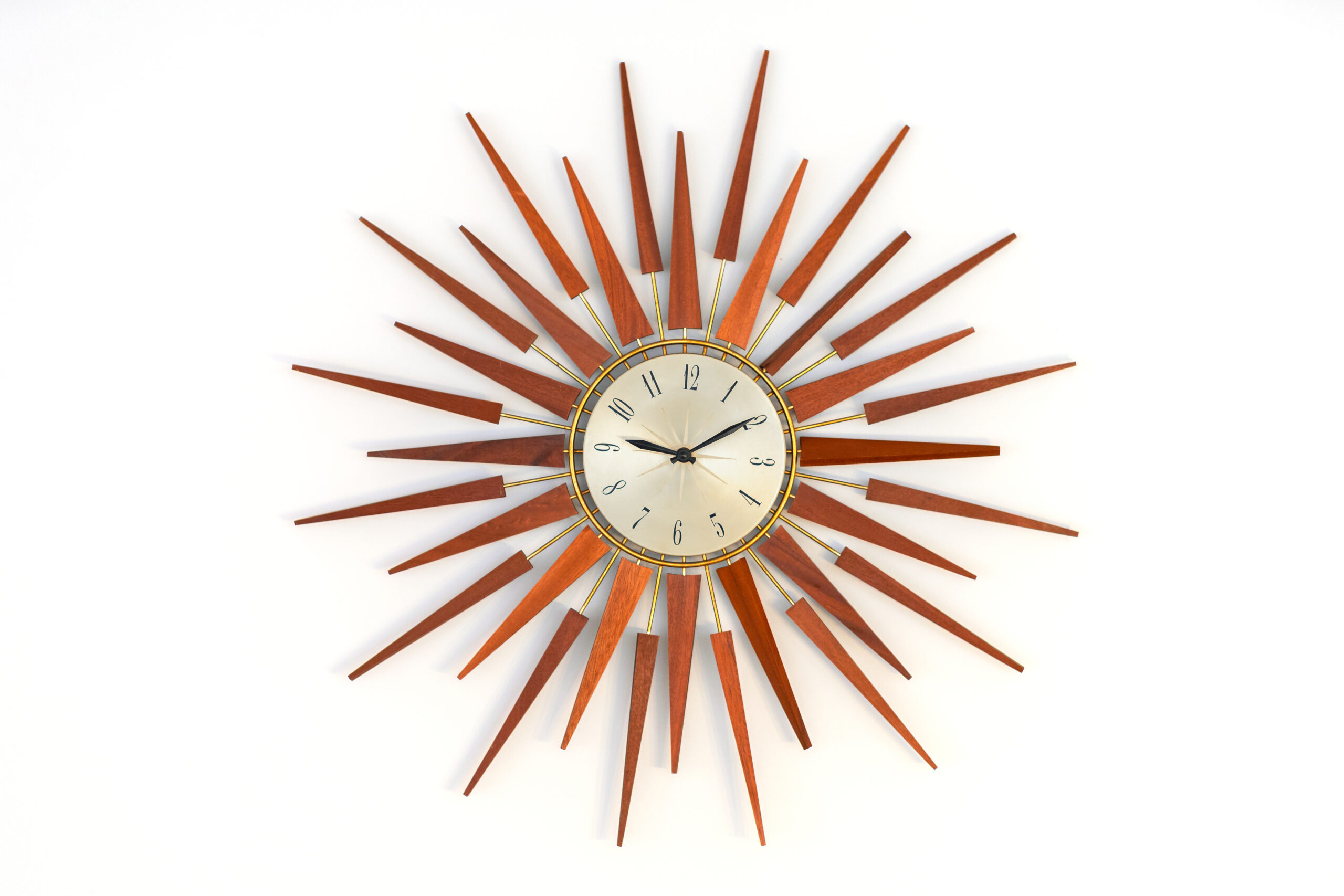
One quick way to modernize a room was by hanging a giant sunburst clock on the wall. These clocks were dramatic, with long metal rays shooting out like a star. Sometimes they were gold, sometimes wood, but always eye-catching.
They combined mid-century design with ’70s flair and could instantly become the centerpiece of a room. Parents loved how sculptural they looked—like art that also told time. You’d often find one above the fireplace or in the dining room, right where everyone could admire it. Even if it didn’t keep the best time, it sure looked cool doing it.
14. Acrylic Room Dividers
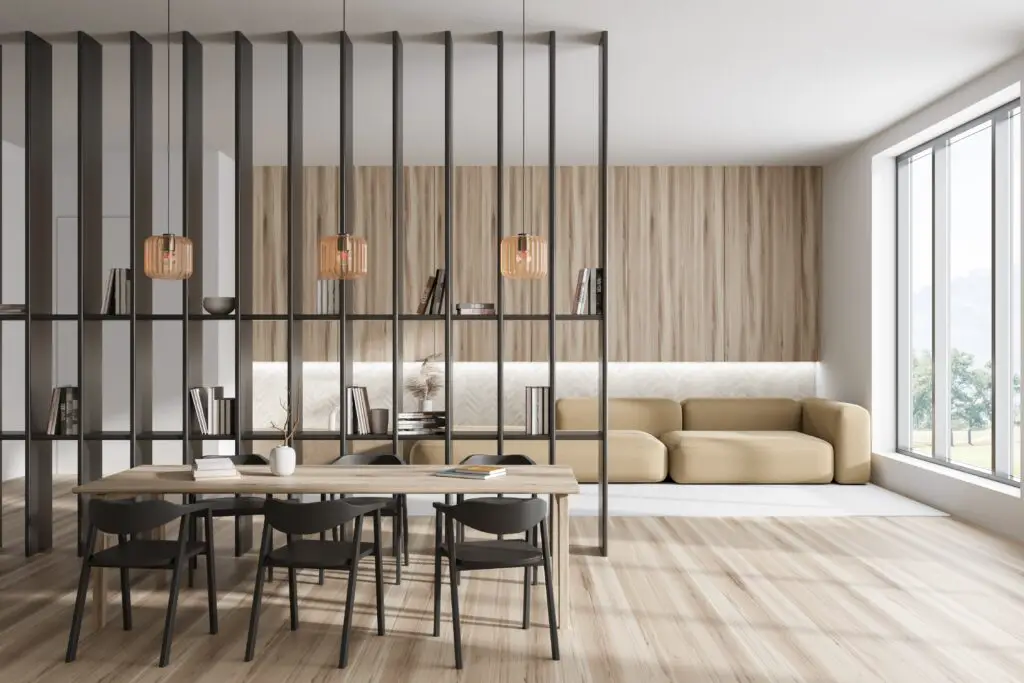
Open concept wasn’t really a thing yet, but parents still liked to break up a space creatively. Enter the acrylic room divider—often colorful, sometimes see-through, and always a bit groovy. These weren’t walls so much as sculptural screens or panels.
You might see orange or green panels in swirling designs, or even glass bricks lit from within. They added a sense of privacy without closing a room off entirely. Plus, they were great for sectioning off conversation pits or play areas. They gave the house a modern, modular feel that was ahead of its time.
15. Pop Art and Abstract Prints
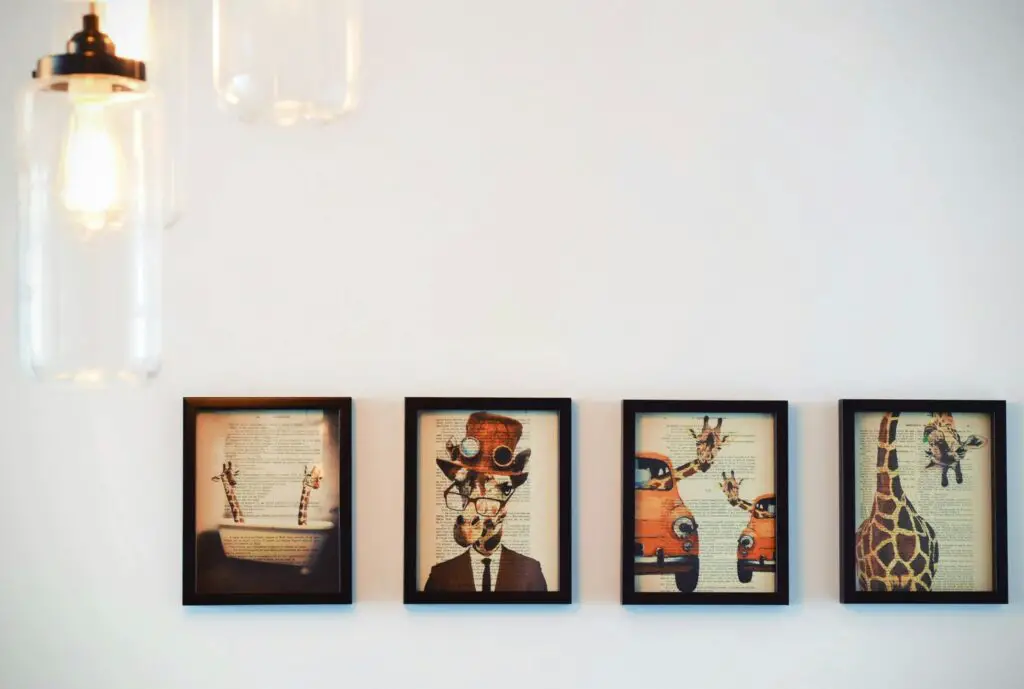
Gone were the days of classic landscapes and family portraits. In the ’70s, wall art got loud. Parents embraced pop art and abstract designs in big, bold frames. Think Andy Warhol–inspired prints or colorful geometric patterns.
These pieces brought a fun, edgy vibe to a room and made everything feel a bit more hip. Even if no one really understood what the art meant, it looked cool—and that was enough. Art was meant to make a statement, and in the ’70s, bigger and brighter was better. If it matched the wallpaper, even better.
